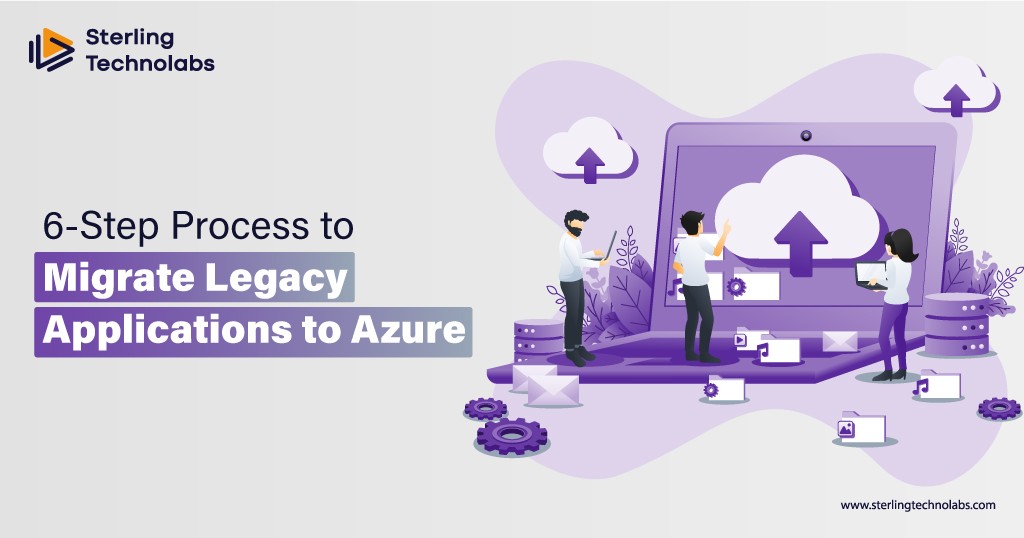
Developing an artificial intelligence project is difficult, but managing it is even more important. The most important strategy to overcome AI project management challenges is to follow a step-by-step AI development process. If you have a unique idea for an AI program or software that you want to implement, this guide will assist you and your development team get started on your AI project by going over the whole AI development lifecycle.
The AI lifecycle is an organized strategy that enables enterprises to manage AI software from conception to completion. This supports the smooth delivery of high-quality AI software since the entire team, including project managers, stakeholders, designers, and designers, works and collaborates together throughout the AI development lifecycle. It aids in the proper organisation and streamlining of the whole AI software development process, hence contributing to project success.
But what is the AI lifecycle, and why do you need to incorporate it into your ai software development lifecycle process? Let us briefly summarize this topic.
Process of AI software development

Identifying the need and problem
The initial step in AI software development is to define the problem statement in order to propose an effective AI solution. You go on a critical trip to thoroughly comprehend the project's goals, objectives, and issues at hand. Your primary goal is to properly identify the pain areas that your users may be experiencing and rigorously connect your project features with their specific demands and expectations. Comprehensive talks and analyses with the team provide insights into the overall project needs, allowing you to design a bespoke AI solution.
Data collection and processing
After defining the issue statement, the next stage in ai development process is to collect and classify relevant data from a variety of sources, including databases, APIs, sensors, and user-generated material, that accurately reflects the problem you are attempting to address. The data quality has a direct impact on the AI solution's accuracy and efficacy.
After you've obtained your data, you should clean it by deleting any irrelevant or duplicate information. In addition, you must preprocess and arrange your data before using it in the ai development lifecycle model. To enable effective use and training for the AI models, you must first prepare your data, identify missing values, remove outliers, and standardize the data format.
Models Development and Coaching
After collecting and processing data, the following step is to choose an appropriate ai implementation algorithm to train the model. When making this decision, evaluate your business demands, data availability, and model complexity, striving for a balance of accuracy and computing efficiency. Training AI models takes time, especially when dealing with large or complex datasets. As a result, it is critical to fine-tune and configure the model via hyperparameter tuning until you get the appropriate degree of accuracy and performance.
Model Evaluation and Improvement
As you progress to the evaluation phase, you should critically analyze the preciseness and metrics of your trained AI model made by the web developers. You must run the model with untested data, examine its predictions, and track its performance. If you find the performance to be unacceptable, you can tweak the model's parameters, change the model's design, or acquire additional data as needed. Furthermore, you can constantly test your trained AI model against real-world events to improve its flexibility, accuracy, speed, and resilience. This iterative refinement is critical, since feedback from evaluation drives you to fine-tune and improve your AI model.
Deployment and Integration
After effectively educating and validating your AI model, the next critical step is to put it into effect and integrate it into a production (or operational) environment. If you want to integrate your AI model into your application's architecture or business process, you can create a scalable and effective deployment architecture. The design of the AI solution should be user-friendly interfaces, or APIs by carefully selecting technologies.
As you progress through this phase, paying close attention to security, dependability, and performance becomes critical, ensuring that your released application not only runs efficiently but also meets the requirements required for a seamless and trustworthy user experience. You can ask your ai developers to provide you some suggestions on this.
App Monitoring & Management
Your experience in AI lifecycle development goes beyond launching your application. Vigilant monitoring is required to assess performance, identify potential problems, and collect user feedback. Monitor measures like accuracy, latency, and user satisfaction. These insights enable you to improve the application, tweak ML models, and fine-tune data collecting. The dynamic nature of ai powered software development involves constant updates and model retraining, so you must ensure that your application is not just current but also consistently effective in addressing changing customer needs and expectations.
Conclusion
Each element of the AI software development lifecycle is interrelated, necessitating smooth transitions and constant feedback loops to guarantee the system serves its intended function while adhering to the highest AI security and efficiency standards. Each stage of the AI development life cycle is important; skipping any of them could lead to the failure of your AI application and interrupt project management, affecting the team and the project as a whole.
The ai powered software development lifecycle ensures effective project outcomes and seamless delivery by starting with the foundation of the AI project and progressing to thorough data collection, model training, deployment, and continuous maintenance. Incorporating standards of excellence throughout development increases adaptability, flexibility, and long-term success for your firm.
Sterling Technolabs is an experienced company who has worked for AI development and integration. We are a team of AI experts who can help you to come up with all the AI related solutions.


No comments:
Post a Comment